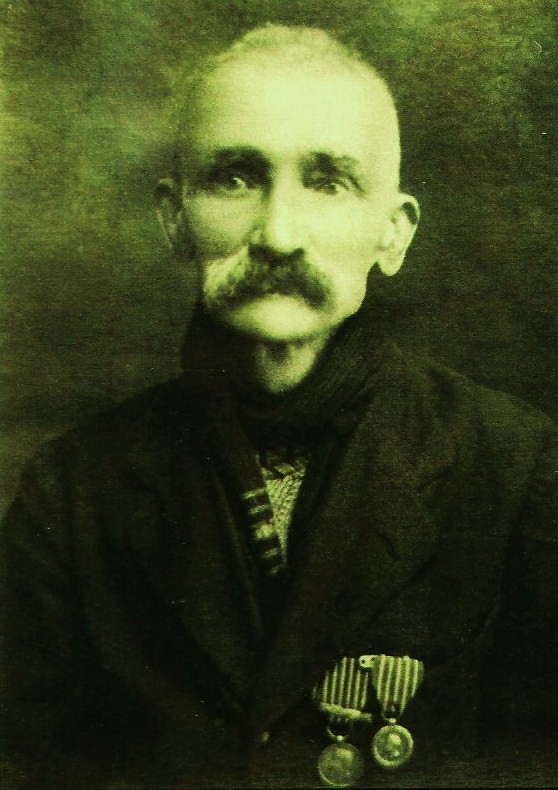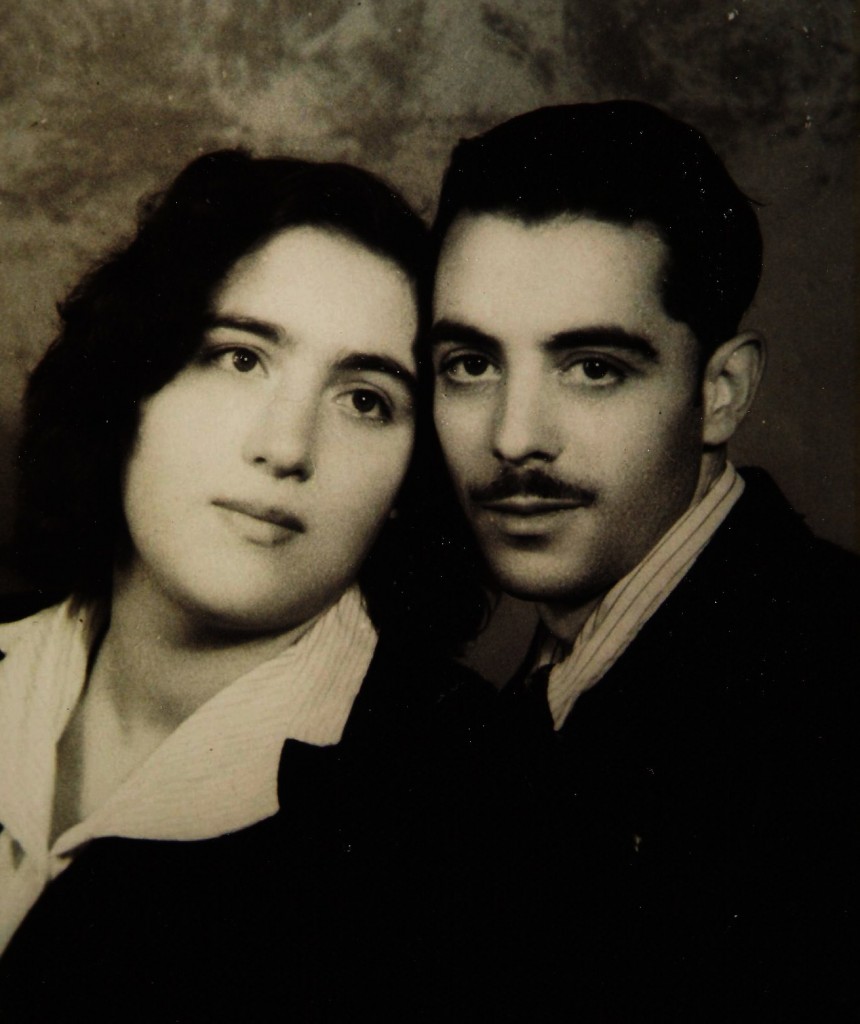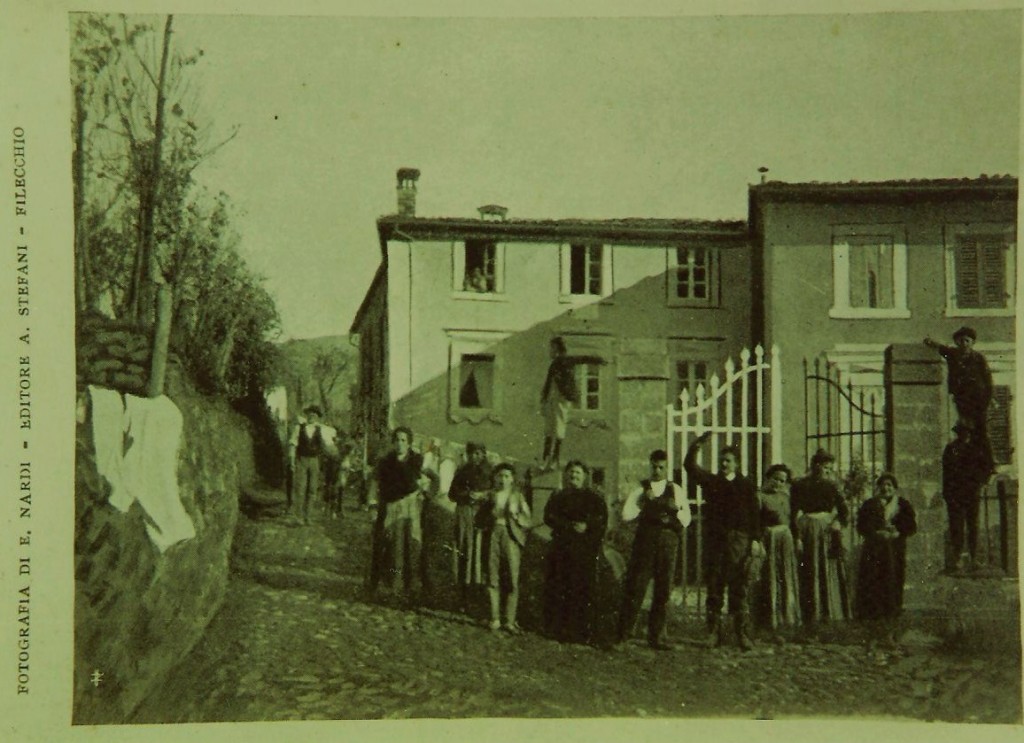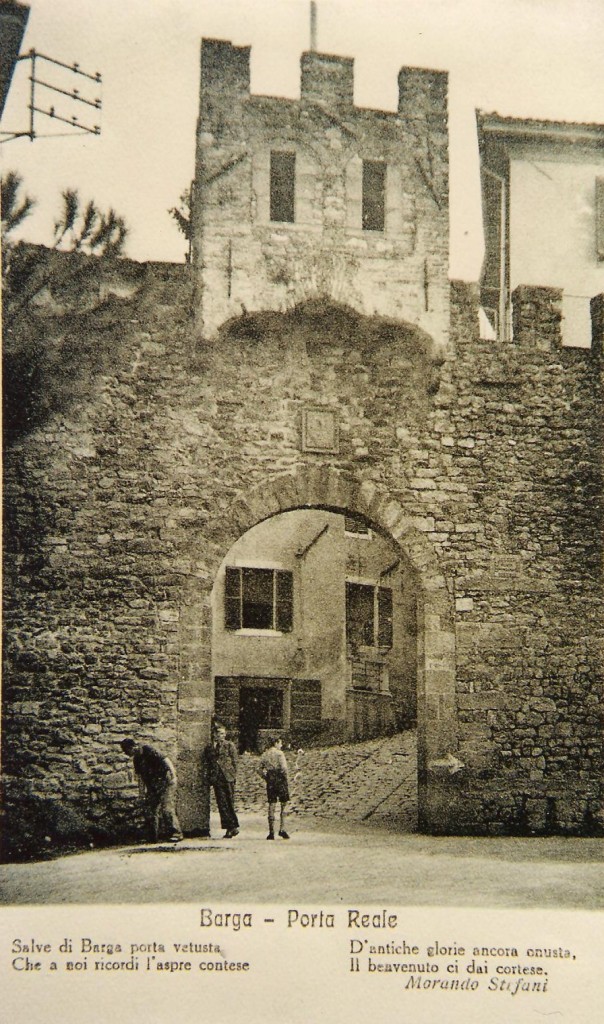XTRAS some Italian stuff
The HISTORY OF ITALY
http://www.historyfiles.co.uk/KingListsEurope/ItalyKingdom.htm-
See more at: http://www.romanlife-romeitaly.com/brief-history-of-italy.html#historyAccording to legend, Rome was founded on April 21, 753 BC by Romulus and Remus, twin brothers who claimed to be sons of the war god Mars and to have been raised as infants by a she-wolf. Romulus saw himself as a descendant of the defeated army of Troy, and wanted Rome to inherit the mantle of that ancient city, if not surpass it. When Remus laughed at the notion, Romulus killed his brother and declared himself the first king of Rome.
Rome went through seven kings until 509 BC when the last king was overthrown and the Roman Republic was formed. Rome then came to be ruled by two elected officials (known as consuls), a Senate made up of wealthy aristocrats (known as patricians), and a lower assembly that represented the common people (plebeians) and had limited power. This format of government worked well at first, but as Rome expanded beyond a mere city-state to take over territory not just in Italy, but overseas as well, the system of government came under severe strain. By the First Century BC, Rome was in crisis. Spartacus, a slave, led the common people in a revolt against the rule of the aristocratic patricians. Rome was able to put down the rebellion, but at great cost, as the Republic dissolved into a series of military of dictatorships that ended with the assassination of Julius Caesar.
In 29 BC, after a long power struggle, Julius Caesar’s nephew, Octavius, seized power and declared himself Emperor Augustus. The Roman Empire was born. For the next two hundred years, Rome thrived, ruling over a vast territory stretching from Britain and the Atlantic coast of Europe in the north and west to North Africa and the Middle East in the south and east.
This Pax Romana, a time of peace, ended in 180 AD with the death of Marcus Aurelius, Rome’s last great emperor. A combination of economic problems, barbarian invasions, domestic instability, and territorial rebellions, combined with a lack of strong leadership, resulted in the slow and gradual decline of Rome. In 380 AD, after three hundred years of persecution, Christianity became the one and only official religion. By the end of the Fourth Century AD, the Roman Empire split into two. The East, based out of the newly-built capital of Constantinople, in what is now Turkey, thrived, eventually becoming the long-lasting Byzantine Empire. Rome, capital of the West, continued to decline.
In 410 AD, Rome itself was sacked by barbarian hordes. The Eastern Empire invaded but failed to restore order and had to withdraw. The Roman Empire in the West completely collapsed. For the next thousand years, Italy once again became a patchwork of city-states, with Rome, home to the Catholic Church, being the most powerful. This long period of quiet stagnation was known as the Dark Ages.
Prosperity did not return to Italy again until the Fourteenth Century, when city-states such as Florence, Milan, Pisa, Genoa, and Venice became centers of trade. The influx of wealth and increased trade contact with foreign lands, transformed Italy into Europe’s premier center of culture. Funded by wealthy patrons, figures such as Leonardo Da Vinci, Michelangelo, Dante, Machiavelli, and Galileo, among others, revolutionized the fields of art, literature, politics, and science. Italian explorers, such as Marco Polo and Christopher Columbus, introduced Italy and Europe to the rest of the world.
The Porte Reale, Barga

Philip Tognarelli is related to the author of this wonderful website
http://bargarchivio.altervista.org/category/personaggi-illustri-bargei-2/
THIS lovely site shows the family history of Christian Tognarelli. The photos he uses are brilliant, the first time I have come across anything like this.
I have pasted a few things from the site below

Barga and earthquakes (2 ° part)
bargarchivio on January 29, 2012 in the historical No Comments »
DAILY REPORT
Following the earthquake in Barga year in the month of July 1746
Compiled by Dr. Francis Alfonso Tallinucci
The phenomenon of tear-jerking memorial year 1740 proved to be our land in this horrible earthquake was the cause as everyone knows, for the extermination of an extraordinary death of some.
More ruined tenements, broke out almost all the others, who remained there and was demolished a part of the Dome of the Collegiate perlochè agreed to carry the Blessed Sacrament in the Venerable Brotherhood of SS Annunziata, who was office for several months by the Chapter and Clergy, as it The database contains the clearest recollections.
We experimented in the arduous circumstances of the ancient and valiant statue of the Mother of God the powerful patronage.
This image is preserved in this most worthy Brotherhood, and because it was attributed by believers to worship the same one more, in a more painful when it is presented in a clear topic this year.While each can count himself the painful history of serious earthquakes followed, it was decided to leave tuttavolta this report, compiled with the greatest candor and truth.The day 9. Therefore, the current July were felt by some small scossarelle of the earth, but was not felt by most anything The day 10. scossarelle other, but this was felt by most.In day 11. Then eighteen shock of the earthquake understood, gagliardissime two, one at 18, the other at 21.Here, then, the people began to believe that they absolutely have to perish, and this faith was maintained until day 24. the right.In day 12. starting from day 24. for ease, twelve felt shock, two of which were gagliardissime at 2 and 8.

photograph from the website
Five understood it in 14 days, a gagliardissima at 7 o’clock. and a half, to 13. the other. In day 15. he heard five, but not gagliardissime.One of such agreements it in 16. at 5. other 11. less might.Twelve felt it in 17 days, half of these were the gagliardissime, one he felt at 3 o’clock. and a half, and the other five all it took from 6. at 7 and a half. and a quarter.This was a view that all that time it was believed not to Barga inverted to find the country more than piles of stones, but thank God it did not. In day 18. twelve shock going on, but only three were in terror, at 2. and m., 12. and 22.
Now have a look at Stuart Capaldi’s website
http://capaldi-clan.com/– this website has been built by Stuart Capaldi. The Capaldi clan has many twists and turns and many of the names common to our own family you can find in his. Our own family link goes through the Donati/Arcari line and back to Picinisco. Enjoy….this is a wee extract from his website
|
||
http://www.cibochepassione.com/searchNome.uk.html?nome=tripe&x=13&y=5
http://maggieblanck.com/Immigration.html
http://www.nls.uk/scotlandspages/1800-1850.html
http://www.italyworldclub.com/
and for the Irish http://itica.ie/index.php
http://www.italianscotland.com/
http://www.italianscotland.com/ItalianScotlandAssociations.html
http://www.fazzi.nl/figuristi-di-gesso/figurist.htm
http://capaldi-clan.com/id10.html
http://www.allthingsitaliane.com/italian_news.htm
http://canmore.rcahms.gov.uk/en/publication/?publication=edwardianscotland This one is about Canmore Scotland, an historical site with lovely old Scottish photos
https://www.jenreviews.com/best-things-to-do-in-italy/

Leave a Reply